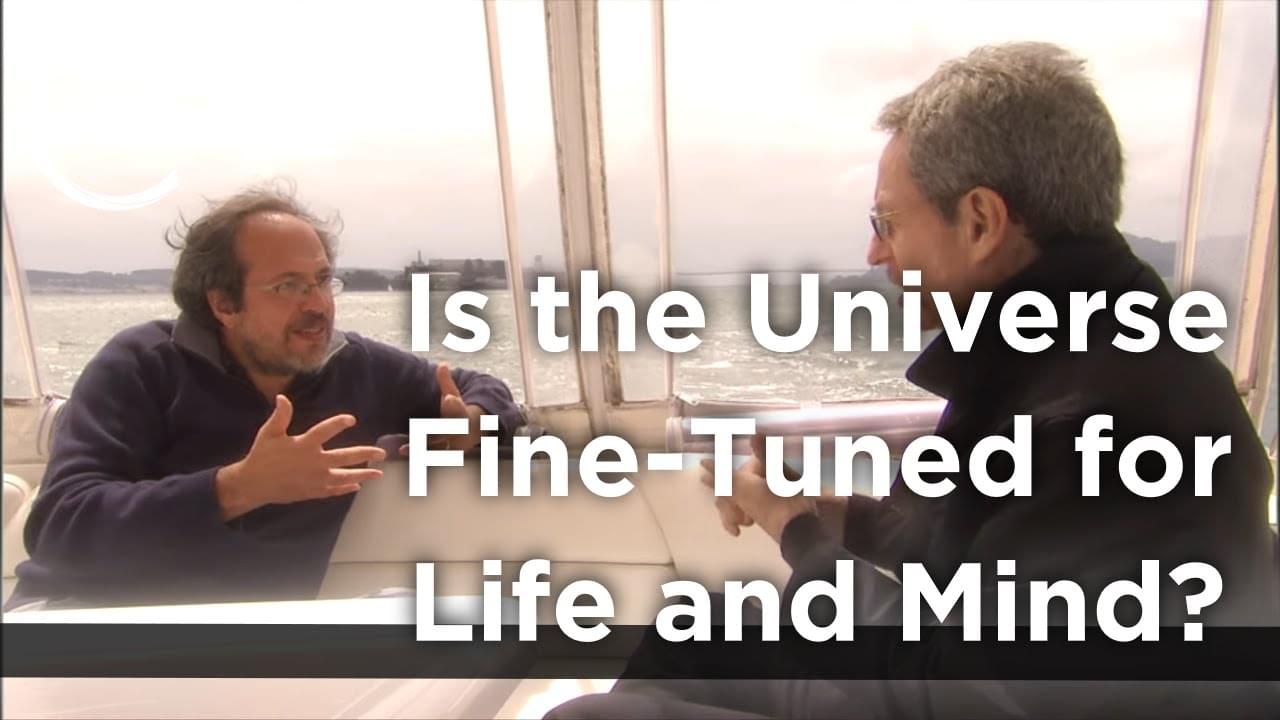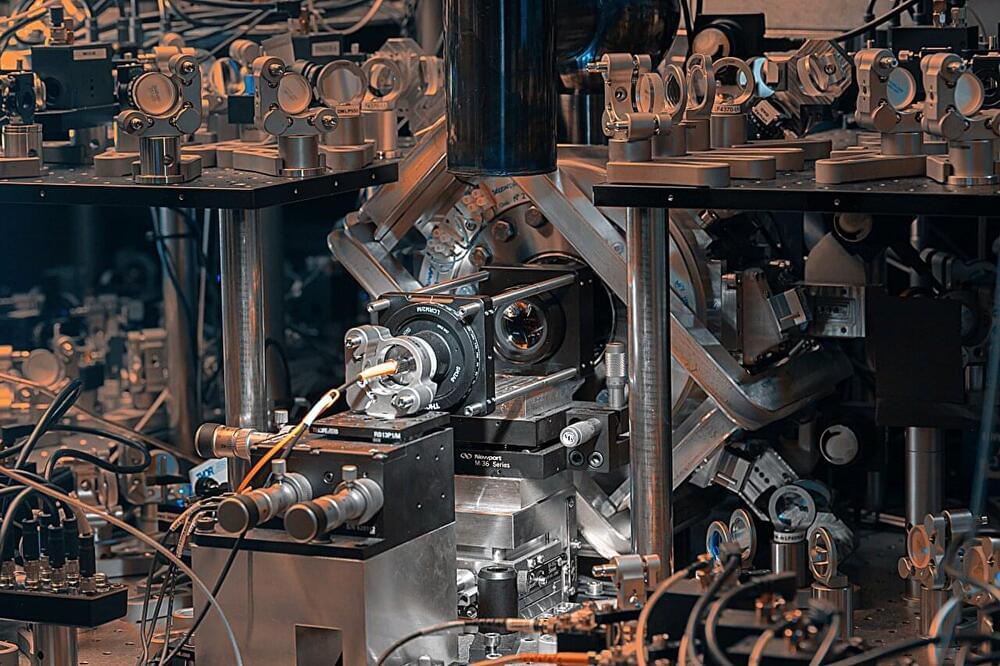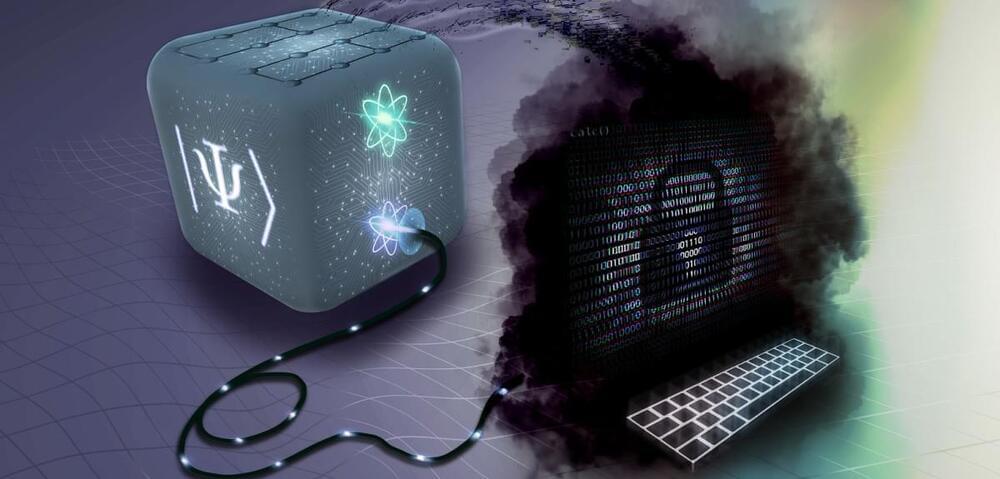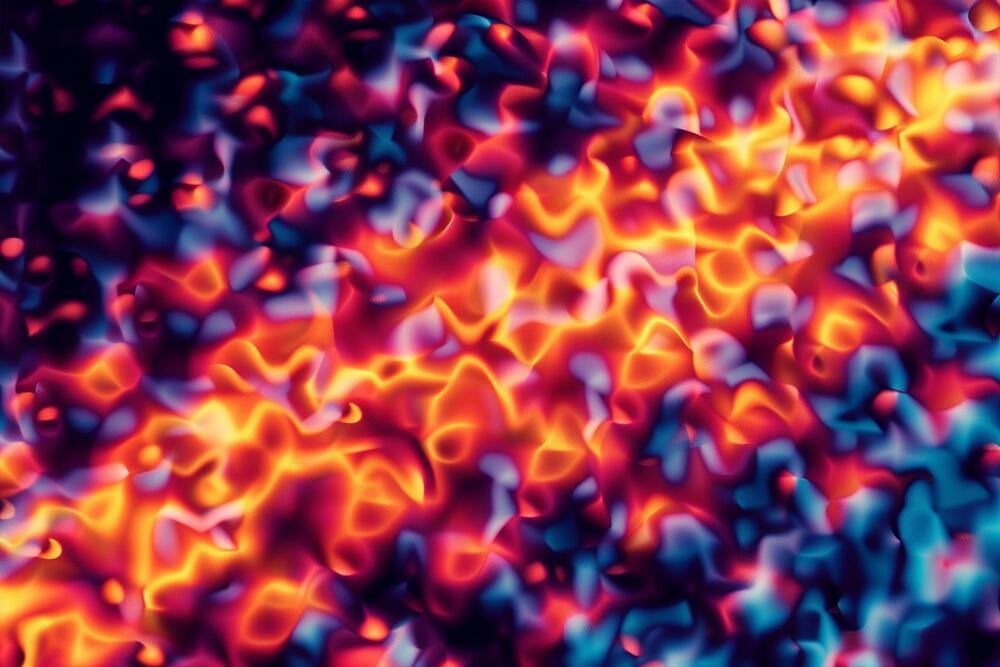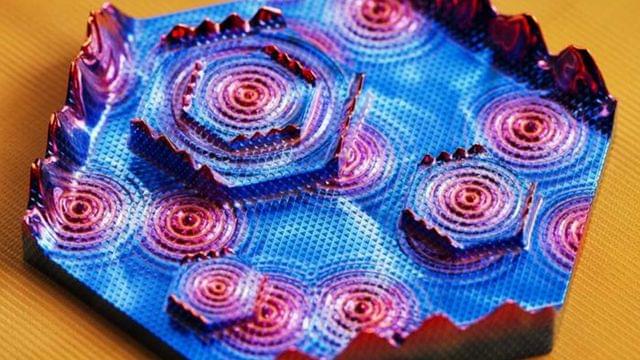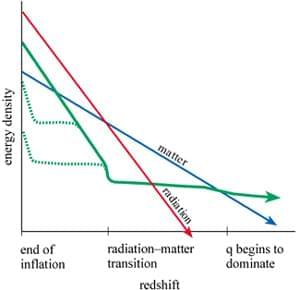Apr 13, 2024
Lee Smolin — Is the Universe Fine-Tuned for Life and Mind?
Posted by Dan Breeden in categories: alien life, quantum physics
If the deep laws of the universe had been ever so slightly different human beings wouldn’t, and couldn’t, exist. All explanations of this exquisite fine-tuning, obvious and not-so-obvious, have problems or complexities. Natural or supernatural, that is the question.
Free access to Closer to Truth’s library of 5,000 videos: http://bit.ly/376lkKN
Continue reading “Lee Smolin — Is the Universe Fine-Tuned for Life and Mind?” »
